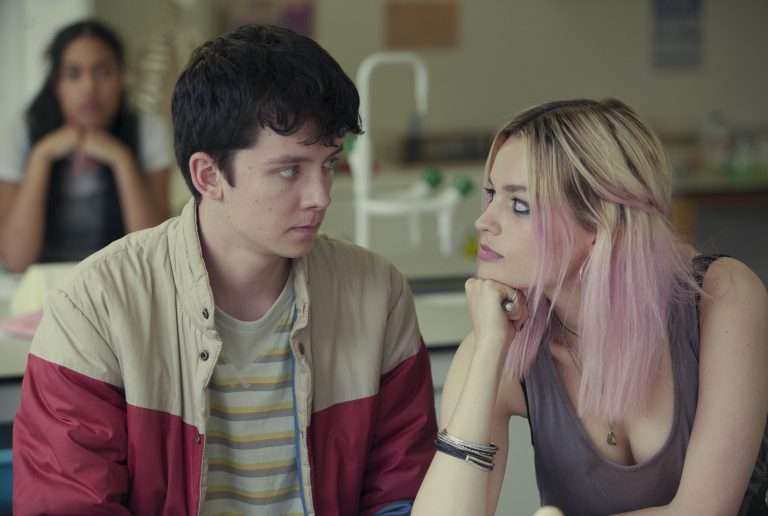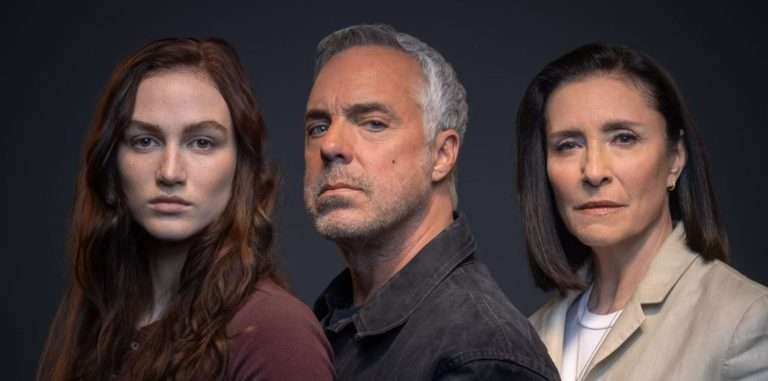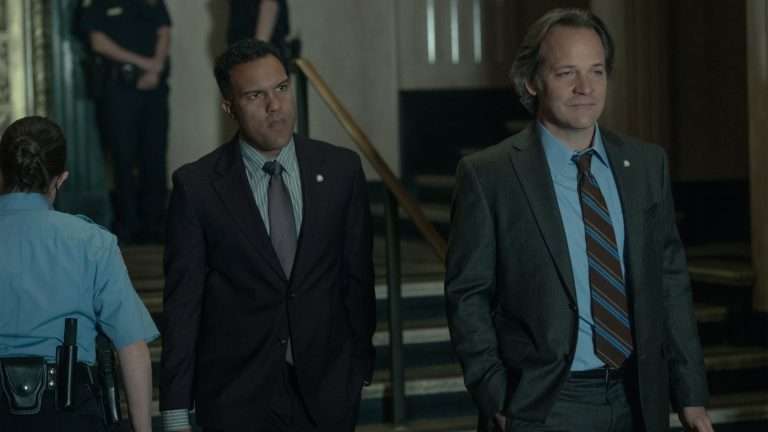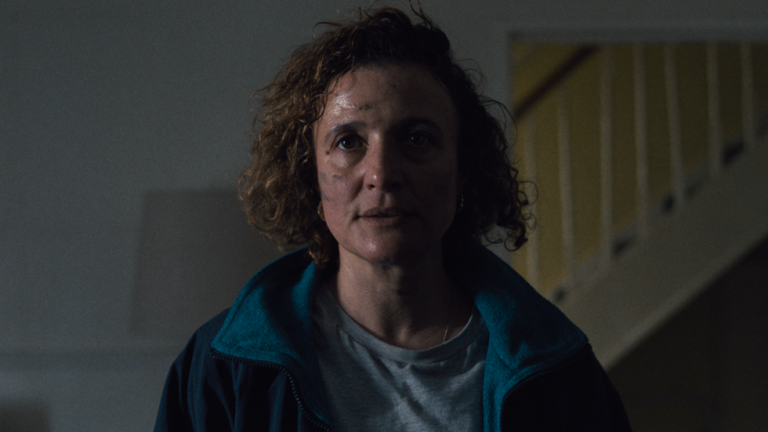If you’re wondering whether this film is anywhere connected to the “Midnight Diner” series on Netflix, then you’re wrong. While they are both connected to food and occur mainly at night, this piece shares its essence in ghostly encounters. The question is, will it be both terrifying and tasty? Neither of those things were applied. In “Hungry Ghost Diner,” Bonnie is shown as a woman who owns a food truck in the heart of town. Her Hakka Mein is her specialty, but she specializes in all things Chinese. She seems to be comfortable with her life and her food truck business. A turn of events sends Bonnie on a return home journey, where she unearths terrifying memories tied to her past and present.
The Hungry Ghost Festival is the primary factor that takes up most of the film’s central space. The Chinese traditional belief states that during the seventh month of the Lunar calendar, hell’s gate opens, and hungry spirits roam free. Viewers are treated to a 360-degree panorama of the festival, thanks to filmmaker We Jun Cho. A way to honor the ancestors and invite their spirits to bestow their blessings on the family is depicted in the film through specific prayers. A scene where Bonnie remembers a childhood memory of her experience with the prayer is the key here. Offerings are also given to the spirits in the form of fruits and dishes placed on the altar and along the roadsides. I believe the festival’s allure serves as a beacon, directing viewers toward a treasure trove of information that reads like a handbook.
I get the impression that the film’s humorous influence is underdeveloped and weak. For example, in the same commercial district as Bonnie, there’s a supporting character called “Fruit Seller Auntie” who sells fruit juice. Her character mostly withholds a certain amount of resentment, which she tries to play up hilariously. However, it fails to perfectly deliver comedy when put into action. Another example that solidifies this statement comes from Kit, a business development manager who also relies on chance to grow his client base.
Kit’s nature of being an ambitious manager falls short of luck due to a lack of interest from his potential clients. Here, we see Kit trying to convey his dissatisfaction through comedy, but the manner in which he does it weakens his persona. It sometimes comes out as overly forced, which undermines the narrative framework. However, when the comedic elements are removed, Kit’s performance remains respectable. It seems like the introduction of comedy detracts from the film’s tone in most sections.
Utilizing a distinctive color palette to present the film takes it to the next level. Cinematographer Teck Zee Tan and colorist Zhen-Pan Chin collaborate on a neonic projection scheme that will transport viewers to a surreal dreamscape. It almost seems like the visuals communicate with the viewers, often when the film’s mood diverts from its initial state. When Bonnie tries to remember her past memories with her mother and family, the color gradients transform the intensity and projection, adding a new dimension to the viewing experience. Similarly, when Bonnie begins to see her ancestors, she finds herself in a dream world encircled by an aura of concentrated bluish-pink and purple. The effect is like a little nudge to get the audience to notice the element.
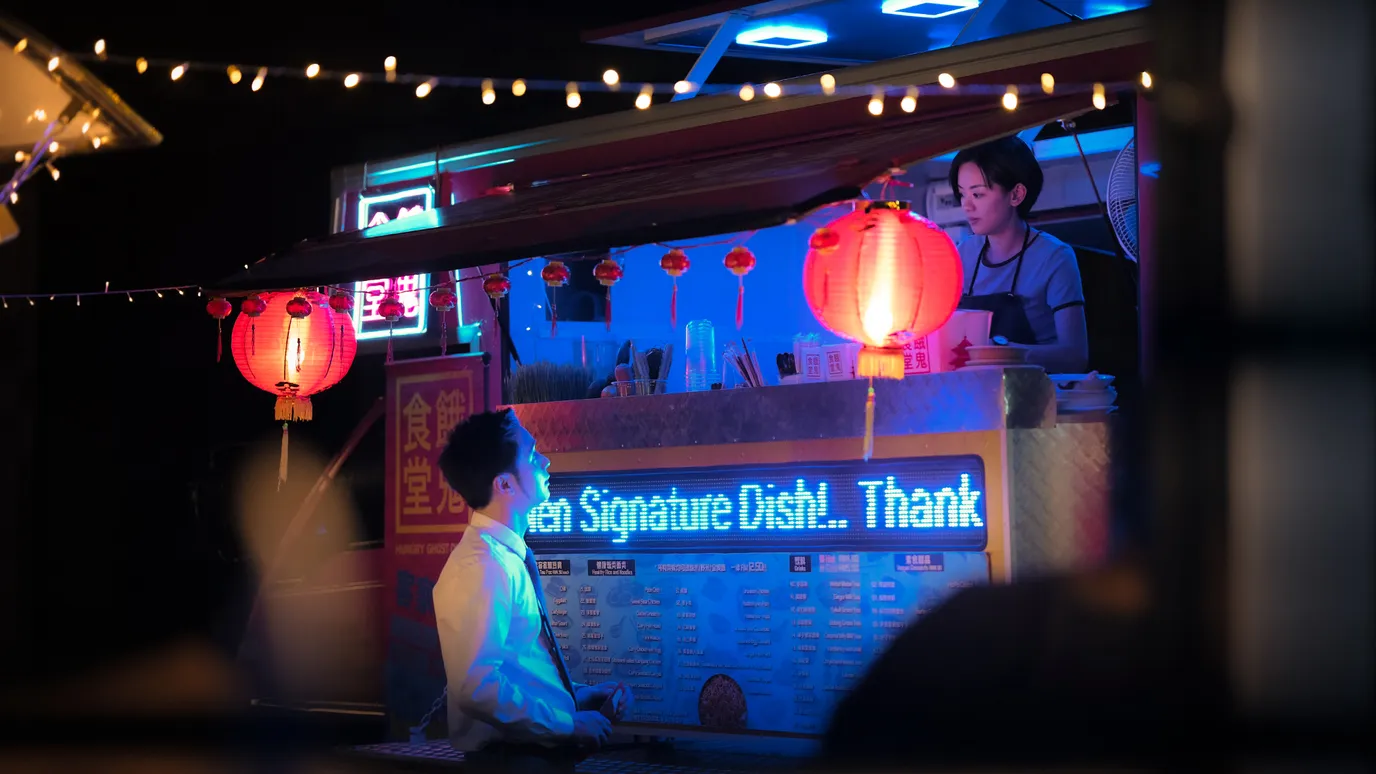
Regarding relationships, the film subtly touches on the subject of shattered relationships and the significance of instinctively sustaining them. Looking into Bonnie’s relationship with her father, a relative amount of affection is held by both individuals. However, the egoistic aspect followed by the prolonged gap of estrangement has caused an intense schism between father and daughter. It appears that Bonnie has been more impacted by the separation than her father, which has led her to have less compassion for him.
The scene where Bonnie brazenly abandons her father on a highway following an altercation in the truck is indicative of this. A shiver runs down your spine as you try to process Bonnie’s decision-making, even though the scene is shown in a lighthearted manner. While the father’s egotism allows him to accept Bonnie’s rejection, it also runs through his veins of guilt. He expresses his care for Bonnie by continuing to feed her whenever she returns to his residence. Nevertheless, the emotional connection between the characters is often shady and oblique, which is somewhat difficult to comprehend.
The film delves into the challenges faced by civilians in pursuit of an adequate income during the era of epidemics. While in quarantine, the filmmaker quietly reveals how some people try to breach the law to regain what they’ve lost. A scene where Bonnie hides in her food truck in the middle of the night during a nightly inspection can give you a complete overview of it. However, the film falls short once again in its intended objective. The film’s confused set-up almost makes it difficult to determine Bonnie’s true intention on her trek back home.
“Why does Bonnie feel the need to assist a female spirit in its quest to reunite with her daughter?” “Why does a stage play magically appear out of nowhere without any proper explanation regarding Bonnie’s family memories?” “Why was there zero progress on a scene in the beginning that showed Kit throwing food on the offerings?” Viewers may not be able to entirely understand these queries. Due to this aspect, it almost feels impossible to connect with the film’s characters.
“Hungry Ghost Diner,” nominated at IFFR this year, is a varied dramedy with more weaknesses than its intended laughs. Although the film features stunning cinematography and explores the true concept of a pandemic, it falls short of capturing the essence it aims to convey. This was not the satisfying family story with supernatural undertones I had hoped for.


